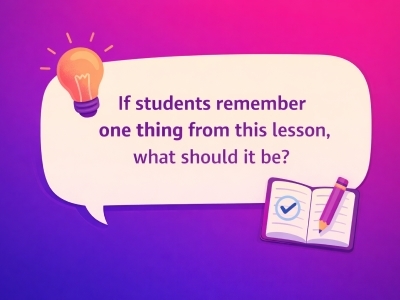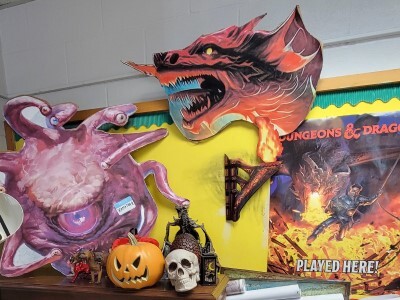Staffing for Better Blended Learning
Topics

We’ve all had the experience of truly purposeful, authentic learning and know how valuable it is. Educators are taking the best of what we know about learning, student support, effective instruction, and interpersonal skill-building to completely reimagine schools so that students experience that kind of purposeful learning all day, every day.
To use blended learning to its full potential, school leaders must combine high-quality digital learning with excellent teaching.
Editor’s Note: This post is part of a series exploring breakthrough staffing models in K-12 education, to support school developers and leaders including those applying to NGLC’s open grant opportunity: Wave IV: Breakthrough School Models for College Readiness.
Blended learning holds power and promise to bring about better results in student learning. But even as it becomes more common, its power to improve education is missing a major piece. Just adding technology to today’s typical schools, which have a wide range of teaching quality, won’t do it: To use blended learning to its full potential, school leaders must combine high-quality digital learning with excellent teaching.
New staffing models that use online instruction and digital tools can make it possible to bring excellent teaching to many more students. At Public Impact, we explained this in A Better Blend: A Vision for Boosting Student Outcomes with Digital Learning.
Today’s excellent teachers—approximately the top 25 percent—already produce about a year and a half of learning progress annually, on average. This level of growth is essential for closing achievement gaps and helping average students leap ahead to higher standards. In the future, when technology makes the basics of learning available to all students globally, complex aspects of excellent teaching will become even more important: guiding students’ selection of ambitious and engaging work, fostering student motivation, addressing the myriad learning barriers many students experience, and cultivating higher-order thinking. And blended learning enables teaching teams that let teachers focus on their strengths and improve collaboratively.
Public Impact has, through its Opportunity Culture initiative, created school models that can produce this better blend of technology and teaching. The models focus on extending excellent teachers’ reach in ways that free teachers’ time, create clear accountability and authority for teachers, and powerfully reward teachers by paying them far more for achieving excellence, alone or in teams.
Schools can reach every student with teaching excellence by combining several of these models:
- Time-Technology Swaps. The main use of blended learning, this model has students work online—as little as an hour per day in elementary school—to master basic skills, so that an excellent teacher can focus in-person instruction on personalized, higher-order learning, and teachers gain planning and collaboration time. By teaching one group of students while another group is online, excellent teachers can reach many more students—at least 100 percent more for an in-person teacher. And through live, remote instruction, technology can also bring great teaching to urban schools and hard-to-reach rural schools that have too few top teachers. Excellent teachers are already creating digital recordings, materials, and software, with no limit on the number of students they can reach. Such strategies mean the top 25 percent of teachers can reach far more than 25 percent of students.
- Specialization: Teachers can specialize in their best subjects or roles; an elementary specialized teacher, for example, is a teacher who has demonstrated excellence in one subject or subject pair (for example, math and/or science, or language arts and/or social studies), and teaches just those subjects, with support from other teachers and paraprofessionals.
- Multi-Classroom Leadership: A multi-classroom leader is an excellent teacher who leads a team that includes one or more other teachers. The leader stays in the classroom as a teacher; is accountable for the team’s teaching and the outcomes of all the team’s students; sets the methods and materials used; and collaborates with and develops the team.
This “better blend” creates new opportunities—for all teachers. By saving all teachers time, blended-learning models can increase the number of hours teachers have to plan, develop their craft, and collaborate with their colleagues during the school day. With added time to work in teams, good teachers have more time to learn from great ones, while excellent teachers have the opportunity to increase their impact by directly influencing the instruction of all of the students taught by the teams they lead.




